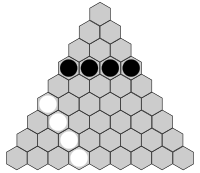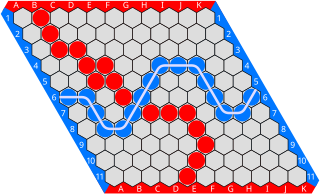
Hex is a two player abstract strategy board game in which players attempt to connect opposite sides of a rhombus-shaped board made of hexagonal cells. Hex was invented by mathematician and poet Piet Hein in 1942 and later rediscovered and popularized by John Nash.
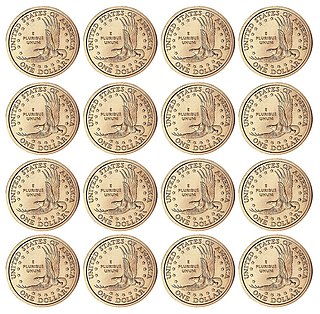
TacTix is a two-player strategy game invented by Piet Hein, a poet well known for dabbling in math and science, best known for his game Hex.

Havannah is a two-player abstract strategy board game invented by Christian Freeling. It belongs to the family of games commonly called connection games; its relatives include Hex and TwixT. Havannah has "a sophisticated and varied strategy" and is best played on a base-10 hexagonal board, 10 hex cells to a side.
The pie rule, sometimes referred to as the swap rule, is a rule used to balance abstract strategy games where a first-move advantage has been demonstrated. After the first move is made in a game that uses the pie rule, the second player must select one of two options:
- Letting the move stand. The second player remains the second player and moves immediately.
- Switching places. The second player becomes the first-moving player with the move already done by the opponent, and the opponent plays the first move of their new color.

TwixT is a two-player strategy board game, an early entrant in the 1960s 3M bookshelf game series. It became one of the most popular and enduring games in the series. It is a connection game where players alternate turns placing pegs and links on a pegboard in an attempt to link their opposite sides. While TwixT itself is simple, the game also requires strategy, so young children can play it, but it also appeals to adults. The game has been discontinued except in Germany and Japan.
The Shannon switching game is a connection game for two players, invented by American mathematician and electrical engineer Claude Shannon, the "father of information theory" some time before 1951. Two players take turns coloring the edges of an arbitrary graph. One player has the goal of connecting two distinguished vertices by a path of edges of their color. The other player aims to prevent this by using their color instead. The game is commonly played on a rectangular grid; this special case of the game was independently invented by American mathematician David Gale in the late 1950s and is known as Gale or Bridg-It.
Gonnect is a strategy board game for two players invented by João Pedro Neto in 2000. The game is played with standard Go equipment and basically uses the same rules as Go, however the goal of the game is to construct a group that connects any two opposite sides.
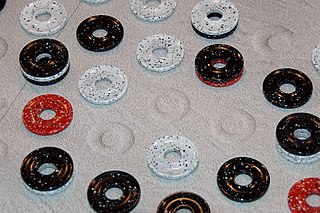
DVONN is a two-player strategy board game in which the objective is to accumulate pieces in stacks. It was released in 2001 by Kris Burm as the fourth game in the GIPF Project. DVONN won the 2002 International Gamers Award and the Games magazine Game of the Year Award in 2003.
The Black Path Game is a two-player board game described and analysed in Winning Ways for your Mathematical Plays. It was invented by Larry Black in 1960.

A hex map, hex board, or hex grid is a game board design commonly used in wargames of all scales. The map is subdivided into a hexagonal tiling, small regular hexagons of identical size.

PÜNCT is a two-player strategy board game. It is the sixth release in the GIPF project of seven abstract strategy games, although it is considered the fifth game in the project. It was released in 2005. PÜNCT won the Games Magazine Best Abstract Strategy game for 2007.
Star is a two-player abstract strategy board game developed by Craige Schensted. It was first published in the September 1983 issue of Games magazine. It is a connection game similar to Hex, Y, Havannah, and TwixT. Unlike these games, however, the result is based on a player having a higher final score rather than achieving a specific goal. He has since developed a slightly more complicated version called *Star with better balance between edge and center moves, writing "*Star is what those other games wanted to be."

Hexagonal chess is a group of chess variants played on boards composed of hexagon cells. The best known is Gliński's variant, played on a symmetric 91-cell hexagonal board.

Agon is a strategy game invented by Anthony Peacock of London, and first published in 1842. It is a two-player game played on a 6×6×6 hexagonal gameboard, and is notable for being the oldest known board game played on a board of hexagonal cells.
A connection game is a type of abstract strategy game in which players attempt to complete a specific type of connection with their pieces. This could involve forming a path between two or more endpoints, completing a closed loop, or connecting all of one's pieces so they are adjacent to each other. Connection games typically have simple rules, but complex strategies. They have minimal components and may be played as board games, computer games, or even paper-and-pencil games.
Craige Schensted, who formally changed his name to Ea Ea, was an American physicist and mathematician who first formulated the insertion algorithm that defines the Robinson–Schensted correspondence. Under a different form, that correspondence had earlier been described by Gilbert de Beauregard Robinson in 1938, but it is due to the Schensted insertion algorithm that the correspondence has become widely known in combinatorics. Schensted also designed several board games including *Star, Star, and Y. In 1995, he changed his name to Ea, the Babylonian name for the Sumerian god Enki, and in 1999 changed it to Ea Ea. He lived on Peaks Island in Portland, Maine.
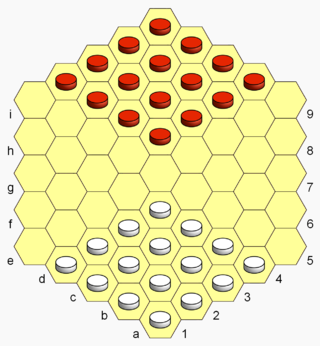
Hexdame is a strategy board game for two players invented by Christian Freeling in 1979. The game is a literal adaptation of the game international draughts to a hexagonal gameboard.
This glossary of board games explains commonly used terms in board games, in alphabetical order. For a list of board games, see List of board games; for terms specific to chess, see Glossary of chess; for terms specific to chess problems, see Glossary of chess problems.

Symple is a two-player abstract strategy game created in 2010 by Christian Freeling and Benedikt Rosenau. The goal of Symple is to end the game with the highest score, with score being determined via points for controlling territory on the board less a penalty for each separate group of stones. Like Go, Symple is played on a 19x19 grid of lines; unlike Go, there are no mechanics allowing capture of stones once placed. Symple is a drawless finite perfect information game.


